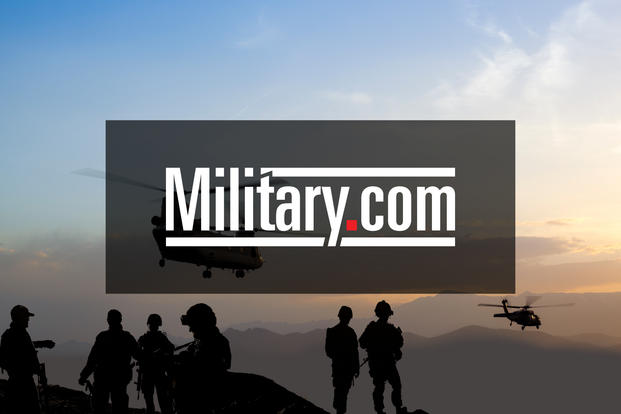PARIS -- The U.S. Army and Marine Corps are moving beyond experimenting with the K-MAX unmanned cargo helicopter and are taking steps to add the aircraft to their fleets, industry officials said on Thursday at the Paris Air Show.
The Marines have flown the K-MAX for the past 18 months in Afghanistan, completing about 1,300 missions to mostly positive reviews. Marine officials have lauded the unmanned cargo aircraft for its ability to cut down on the number of ground convoys needed to resupply units spread throughout southwest Afghanistan.
The K-MAX can carry up to 6,000 pounds of cargo. In one day, the aircraft flew 30,000 pounds of cargo in the course of six missions.
Congress has taken notice of the success the K-MAX has enjoyed and included language in recent legislation encouraging the Army to create a cargo UAS development program similar to the Marine Corps’.
Lockheed Martin and Kaman Aerospace teamed up to develop K-MAX. Officials from both companies said the Marine Corps and Army have started the processes towards making the K-MAX a program of record for the services.
The Marines sent K-MAX to Afghanistan in November 2011 more or less as an experiment. Officials on both sides didn’t know for sure how well the cargo UAS could perform, but ground commanders needed help resupplying the units scattered across the Afghanistan mountainous landscape.
Army officials have closely observed the program. Army leaders are included in many of the feedback sessions on K-MAX’s performance that Lockheed and Kaman officials provide to the Marine Corps.The Army has since developed a concept of operations for a cargo UAS program, which is one of the first steps towards creating a set of requirements for the program.
In May, the House Armed Services Committee urged the Army to boost its efforts toward adding a cargo UAS program. Lawmakers want the Army to estimate the cost to buy, operate and sustain a cargo UAS program similar to K-MAX. The panel also wants details on how a cargo UAS program would fit into the Army’s larger logistical structure.
“The committee is concerned that the Army, despite having very similar logistical challenges, does not have a cargo UAS program. Therefore, the committee directs the Secretary of the Army to submit a report to the congressional defense committees, by February 15, 2014, assessing the potential utility of an Army cargo UAS,” the lawmakers wrote into their mark-up of the 2014 defense budget.
The Marine Corps is further along in its efforts to add the K-MAX to its permanent fleet. Navy and Marine Corps officials have discussed with Lockheed and Kaman how many K-MAX helicopters would be enough for a baseline start. The companies and services have discussed the purchase of 16 helicopters to start the program, said Dan Spoor, vice president and general manager for Lockheed Martin Mission Systems and Training.
He admitted the current budget environment makes the discussions more difficult because of the distaste for any new programs in the midst of the budget cuts connected to sequestration. However, the support for the program from Congress means K-MAX might have a better chance than others to survive Capitol Hill scrutiny.
The program did suffer a setback on June 5 with K-MAX’s first crash outside Camp Leatherneck in Afghanistan. No one was hurt, but the K-MAX will have to return to the U.S. to be repaired. Two K-MAX helicopters were deployed to Afghanistan, leaving one to stay on and fly missions.
Marine Corps leaders have already begun investigating the cause of the crash. Terry Fogarty, general manager of the Kaman UAS product group, said the companies will cooperate with the investigators.
The crash comes as Marine units operating the K-MAX introduced new technologies and expanded the operational envelope of the helicopter.
First, the Marines and defense contractors operating the K-MAX have started loading and unloading the unmanned helicopter while the cargo UAS remains in a hover, Spoor and Fogarty said. This allows the Marines to fly more missions, but it also shows the confidence the Marines have in the aircraft.
Lockheed and Kaman have also introduced a beacon to the UAS. When turned on, the K-MAX will fly directly to within three meters of the beacon, which is small enough for a Marine to carry on his pack. This could set up new possibilities for units to be resupplied on the move.
Spoor and Fogarty said their companies will continue to work with the services to add further technologies to the K-MAX.
VIDEO: Get a Closer Look at the K-MAX from the Paris Air Show



























